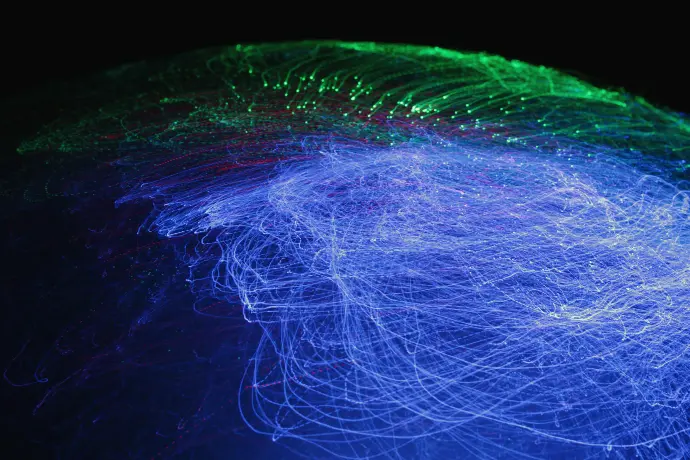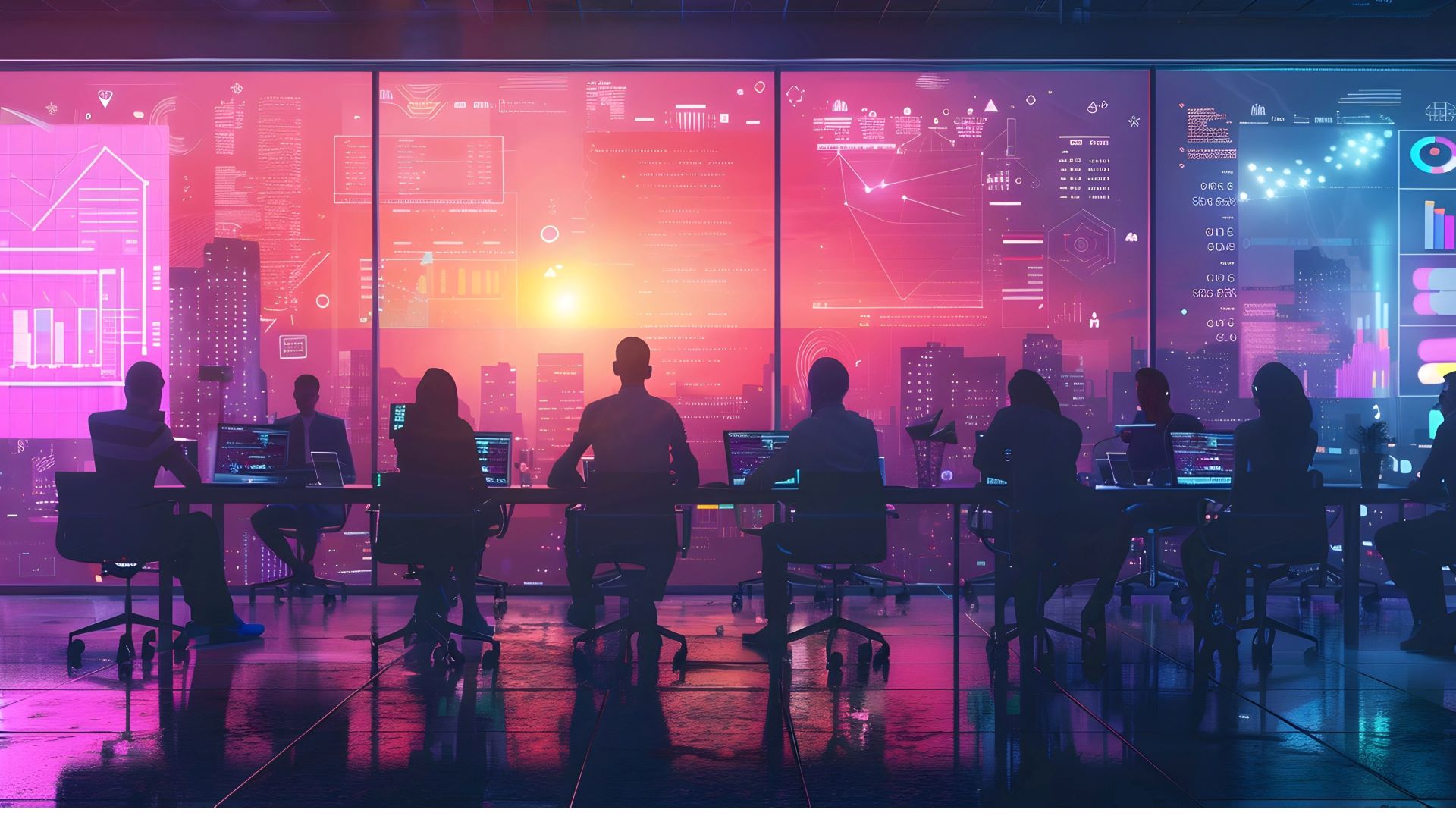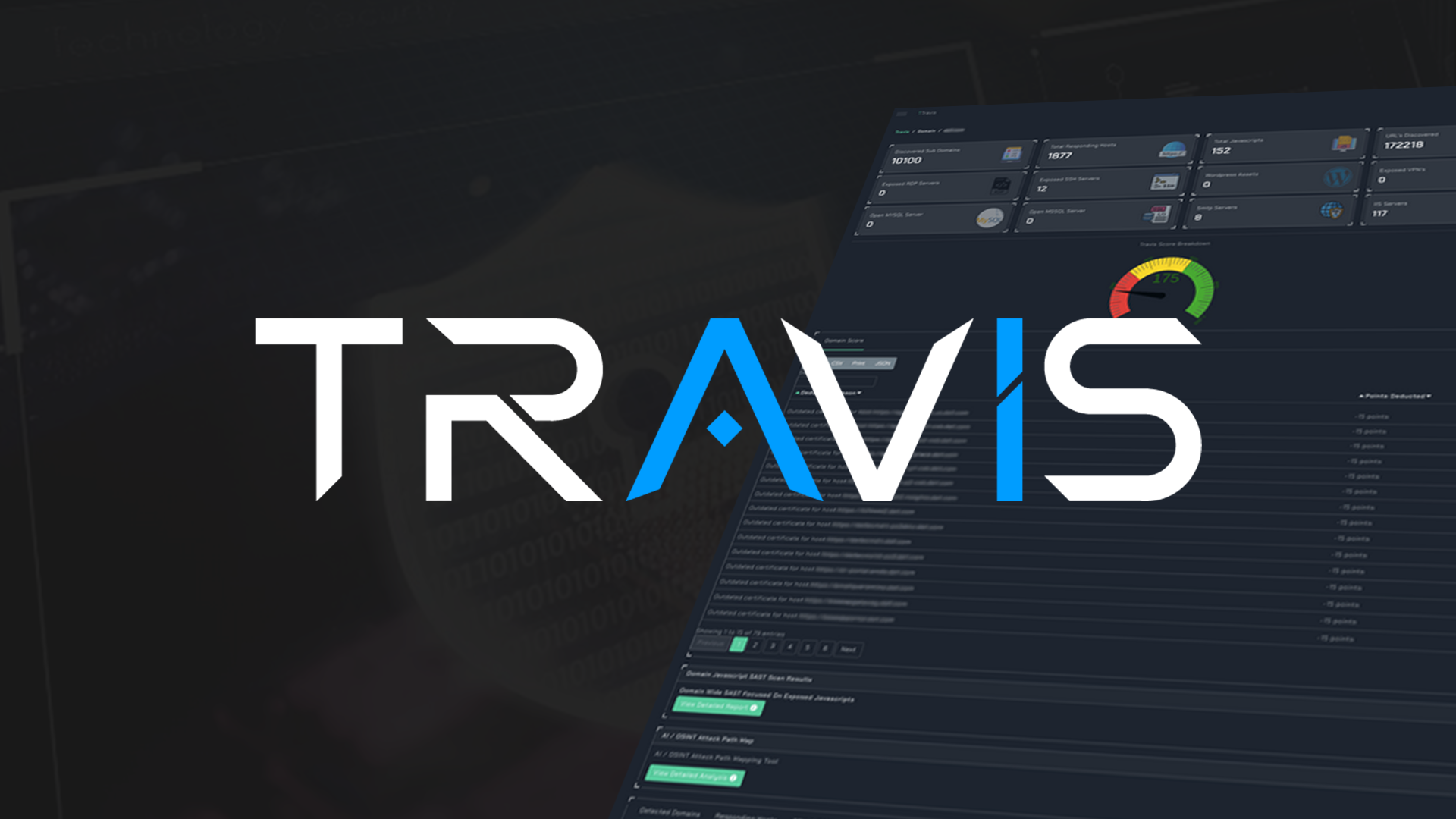The Cybersecurity Tug-of-War: AI vs. AI

Let’s be honest—cybersecurity has never been a walk in the park. But now, with AI thrown into the mix, it’s like trying to fight off cybercriminals while blindfolded… except they have night vision. AI and machine learning (AI/ML) have completely reshaped the game, making traditional security measures feel like bringing a wooden sword to a gunfight. Cisco warns that AI-driven threats are getting way too smart, too fast, leaving outdated security strategies in the dust.
AI is the ultimate double-edged sword. On one hand, it turbocharges threat detection, helps security teams respond faster, and makes attackers sweat. On the other, it hands cybercriminals a shiny new toolbox to automate attacks, craft eerily convincing phishing scams, and find vulnerabilities before security teams even blink. So, what’s the move here? The key isn’t to fear AI but to make it your cybersecurity co-pilot—before the bad guys do. IBM even reports that AI-powered security can slash incident response times, reducing the fallout from breaches.
AI-Powered Threats: Smarter, Faster, and Ready to Ruin Your Day

AI-driven threats used to sound like something out of a dystopian sci-fi flick. Now? They’re an everyday reality. These threats don’t just follow a script—they adapt, learn, and evolve in real time, making them infuriatingly hard to detect. But here’s the kicker: the same AI that powers these threats can also be our best defense. Forrester notes that AI security solutions can sift through mountains of data, spotting patterns even the most caffeinated security analyst might miss. So, should we be scared? Or should we flip the script and use AI to fight back? The real question is: can we afford not to?
Then there’s ransomware—because apparently, cybercriminals weren’t content with just phishing emails. Traditional ransomware attacks are evolving into AI-powered monstrosities that don’t just lock files but strategically target infrastructure and suppliers. Fun, right? McKinsey urges organizations to invest in AI-driven security strategies ASAP, or risk being stuck in the digital Stone Age.
Building an AI-Powered Cyber Fortress

Alright, so how do we avoid getting steamrolled by these AI-driven threats? The answer: build an AI-fortified cybersecurity strategy. AI can analyze network traffic, detect anomalies, and predict threats before they even become a problem. But here’s the thing—cybersecurity isn’t just about tech. It’s also about people. You can have the best AI tools on the planet, but if your security team doesn’t know how to work with them, you’re toast.
Forbes emphasizes that AI is only as good as the people behind it. It can analyze data at breakneck speed, but it still needs human intuition to make sense of it. Because while AI can flag something as “suspicious,” it still takes a security pro to decide whether it’s a legitimate threat or just a poorly written email from a confused intern.
AI also personalizes security like a tailor crafting a custom suit—analyzing behavior and network activity to create adaptive protections. But can AI always be trusted to make the right call? Not exactly. AI is only as reliable as the data it’s trained on, and if that data is flawed, things can go south—fast.
Humans vs. AI: Who’s Really in Charge?

With AI doing more of the heavy lifting, do humans even have a role in cybersecurity anymore? Spoiler: absolutely. AI is great at crunching numbers, spotting anomalies, and reacting fast. But making strategic decisions? That still requires good old-fashioned human intuition. Forbes makes it clear: AI should enhance human capabilities, not replace them.
Why does this matter? Because AI lacks context. Sure, it can detect patterns at lightning speed, but it doesn’t understand nuance. AI might flag an activity as a security risk, but only a human analyst can determine whether it’s a hacker breaking in or just Carl from accounting trying (and failing) to log in after forgetting his password for the third time this week.
The best cybersecurity strategies? They don’t pit AI against humans—they combine them. AI speeds things up, humans make the tough calls, and together, they create an unbeatable defense.
AI and Ethics: Who’s to Blame When Things Go Wrong?

Here’s where things get dicey. AI is making more and more security decisions, but what happens when it messes up? Who takes the blame? This isn’t just a hypothetical problem—it’s a serious ethical dilemma. McKinsey stresses that organizations need clear guidelines for AI in cybersecurity, ensuring transparency and accountability.
And let’s not forget about bias. AI is only as good as the data it learns from, and if that data is skewed, AI could make security decisions that are anything but fair. Plus, as AI becomes more autonomous, the question of liability looms larger than ever. If AI makes a mistake, whose fault is it? The developer? The company? The AI itself? Good luck explaining that one in court.
Creating a Cybersecurity Culture That Isn't Terrible

Let’s be real: most employees don’t care about cybersecurity—until they get phished. IBM points out that human error is still the weakest link in security, meaning you can have all the AI in the world, but if employees are clicking on every shady email promising free iPads, you’ve got a problem.
So, how do you fix this? Build a cybersecurity culture that actually sticks. This means training employees (yes, all of them), running phishing simulations, and making security everyone’s problem—not just the IT team’s. The best cybersecurity strategies don’t just rely on AI; they involve people at every level of the company.
The Future: Humans + AI = Cybersecurity Dream Team?

Looking ahead, it’s obvious AI will keep dominating cybersecurity. But what does that actually look like? Are we heading toward a world where AI handles everything while humans sit back and sip coffee? Not quite. AI will continue to enhance security, but it won’t replace the need for human oversight.
Cisco predicts that integrating AI into cybersecurity could cut threat detection and response times by up to 50%. That’s a huge win. But before we start celebrating, let’s not forget that AI also raises some uncomfortable questions. Who’s accountable when AI makes a bad call? How do we regulate AI security tools? And most importantly—are we ready for what’s next?
Final Thoughts: Adapt or Get Left Behind
At the end of the day, AI is here to stay. Whether it’s helping detect threats faster, making security teams more efficient, or forcing us to rethink ethical accountability, AI is shaping the future of cybersecurity whether we like it or not. The only question left is: are we ready for it? Because in cybersecurity, standing still isn’t an option.
So, buckle up. The cyber arms race is just getting started.












